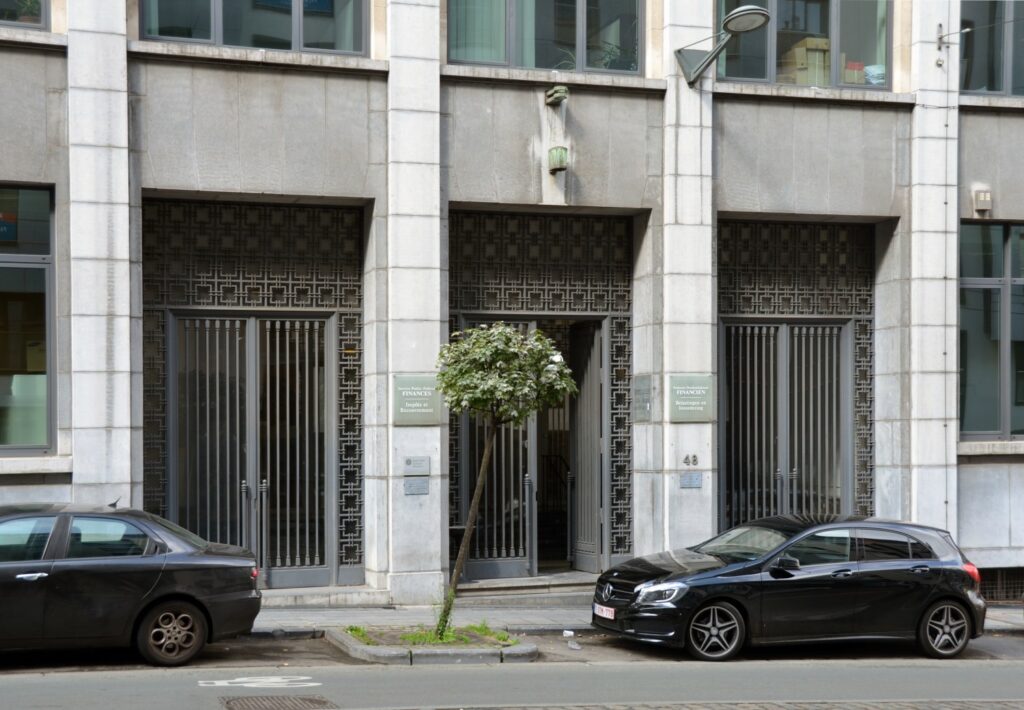The situation in the 'Palais des droits' building in Schaerbeek is now well-known, with nearly 1,000 people squatting inside – asylum seekers, homeless people and undocumented migrants alike. However, what is unknown is exactly who is in the building, and no one wants to go in to find out, De Standaard reports.
Thus far, authorities have done little more than shirk responsibility, shifting blame for a situation that has spiralled completely out of control. Besides trash and excrement on the floor where people sleep, contagious diseases are rampant and tensions have bubbled into violence so that security forces no longer dare enter the building. The Red Cross, too, will soon leave the premises.
Whilst it is clear that the situation is unsustainable, who will take the necessary steps to address it is unclear. First and foremost is the need to figure out who is present within the building.
All-round inaction
According to the aid organisations that are (or were) present in the building, the majority of residents have applied to the Belgian authorities for international protection and are thus entitled to reception for the duration of their asylum procedure.
State Secretary for Asylum and Migration Nicole de Moor has stated that many homeless and undocumented migrants are among the building's occupants and are the responsibility of the Brussels Region. Yet precise details as to who is actually inside the building have yet to be ascertained.
Marc Weber of the cabinet of Cécile Jodogne, mayor of Schaerbeek, stated that the commune has repeatedly asked for assistance from State Secretary De Moor. Yet their request for a team to establish exactly how many asylum seekers are staying there has fallen on deaf ears.
Related News
Such a task would fall to Fedasil's outreach team, which was created during the 2015 asylum crisis to inform refugees in Maximilian Park about their options and rights. "That team consists of staff who proactively go out into the streets to speak to hard-to-reach people," explained Fedasil's Mieke Candaele.
But Fedasil no longer sends staff inside "for security reasons". Instead, the national agency has taken a different approach, writing to lawyers to inquire whether any asylum seekers that have started the application are within the building. So far a total of 96 asylum seekers have been identified in this way and have subsequently been offered accommodation.
Lack of resources
The mayor of Schaerbeek criticised this approach, saying that it means people must first find a lawyer before they can access proper shelter.
Lawyer Marie Doutrepont, who is defending some former residents of the property, stated the "only correct way to identify asylum seekers in the property is to go inside. The current approach is selective and not ethically correct."
Fedasil and De Moor consider the identification of occupants to be a task for the (local) police – a premise that Weber counters: "don't have the resources for that either".
On Thursday, De Moor, the Schaerbeek municipality and the Brussels Region will meet to consider how to proceed. What is already certain is that even if most of the residents are asylum seekers, it would be impossible to move them immediately.
"The pace of eviction depends on the available places in the reception network," explained Sieghild Lacoere, spokesperson for De Moor. "That has been saturated for months."

